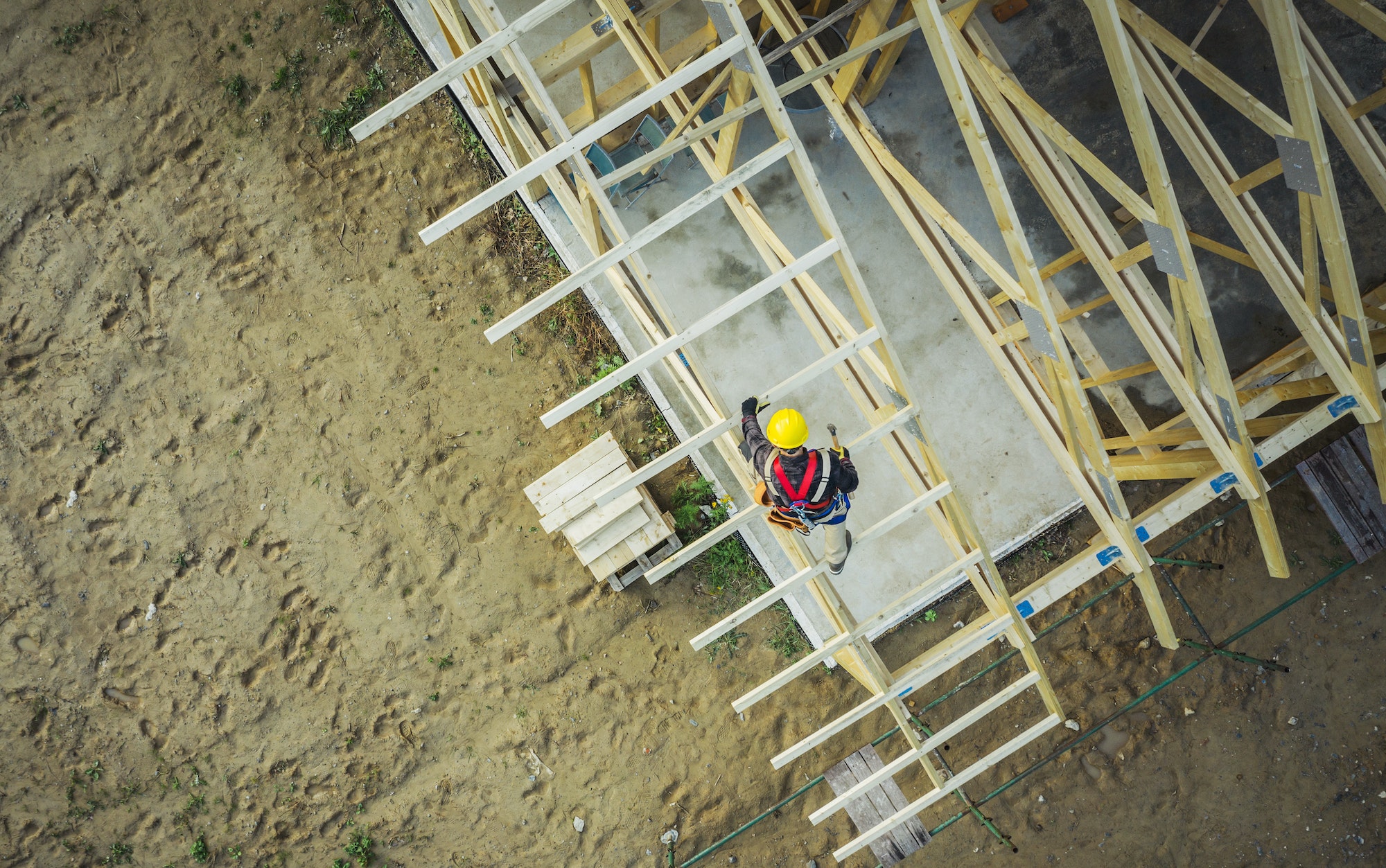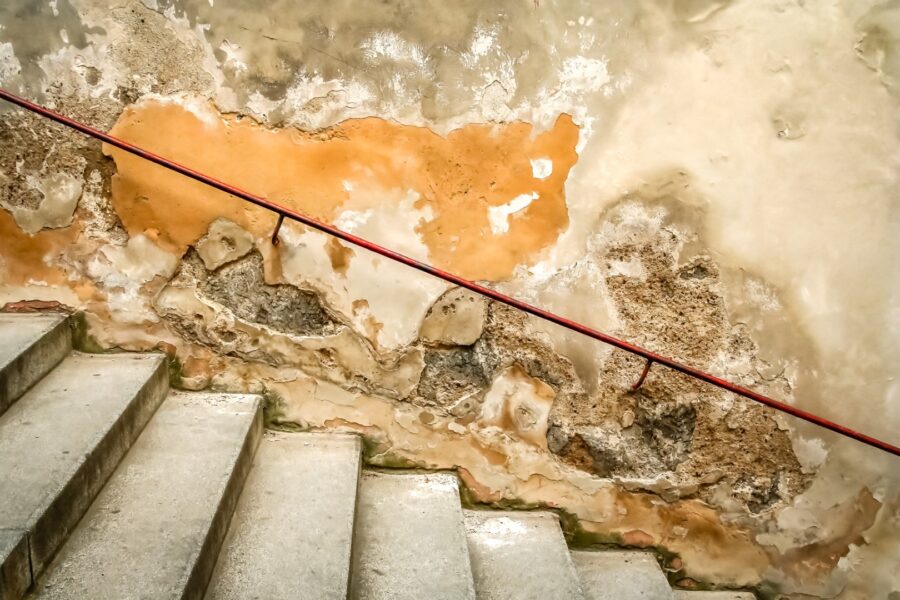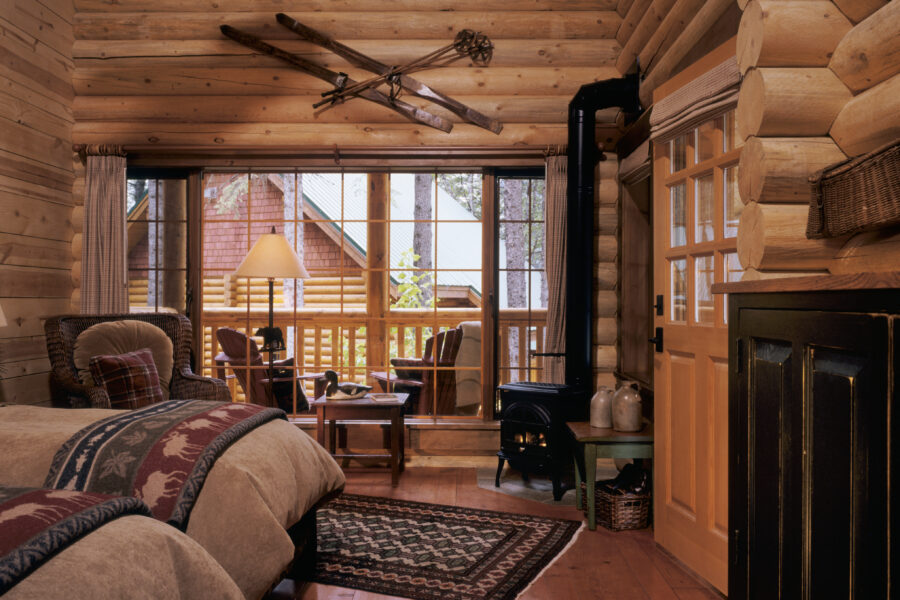Whether you live in an area that’s prone to getting a lot of rain and floods or you live in a place that doesn’t get a lot of rain, it’s always wise to do your best to mitigate the effects of a flood on your home. And while there are things that you can do after the home has been built, it’s best to try to think about flooding when you’re building a new building so that you can put preventative measures in place from the get-go.
To help you in doing this, here are three ways to mitigate future flooding when building your home.
Raise Your Elevation
Especially for people who live in flood-prone areas, raising the elevation of your home can be a great way to protect it from flood waters.
For many homes along the coast or wet areas, building on stilts and up on embankments just makes sense. But if you’re going to build on an embankment, you’ll want to be sure that you also put measures in place to protect you from erosion and possible mudslides, which could also drastically impact your home.
If you don’t want to build your house up on stilts or pylons to lift your home up and off of the ground, you can also try to choose a location to build your home that’s on higher ground. This way, if and when rain and floods happen, it will run downhill from you and offer more protection for your home and property.
Start With Your Landscaping
Another way that you can offer more protection for your home in the event of heavy rain and flooding is to use your landscaping to your advantage.
The more porous your landscaping is, the better water will be able to seep into the ground rather than accumulating on the top of the ground and flooding or pooling. Additionally, you can dig channels around your property that will help divert water away from your home.
Use More Waterproofing Components
As your new home is being built, you and your contractor can work together to use materials that are more waterproof and components that will give your home added protection during floods. Call your local plumber in Studio City or elsewhere to learn what some of your options are for sump pumps and backflow valves.
Walls, especially in the basement, can be lined with waterproofing materials to help create an additional barrier against water. You can also use flood-resistant drywall and insulation. And things like using more tile as opposed to carpeting can help if water does get into your home, as clean up will be much easier.
If you want to do everything in your power to keep your new home from being at risk of flooding, consider using the tips mentioned above to help you with this.
Discover more from Futurist Architecture
Subscribe to get the latest posts sent to your email.



